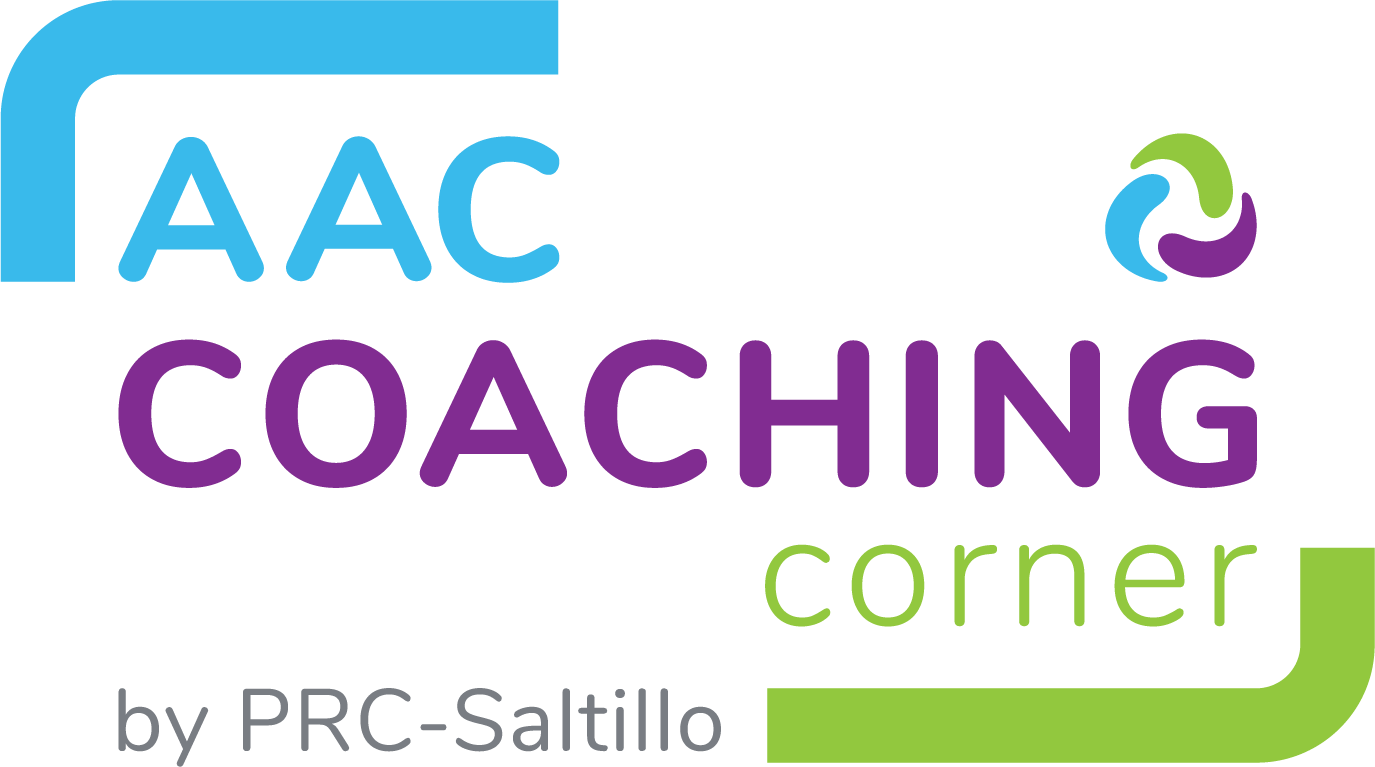By Leanne Husk, Educational Technology Instruction Specialist
When new concepts, like coding, start to become more and more prevalent in curriculum all over the world, the folks at Bridges Canada only have one question: How do we make sure it’s accessible for ALL?
That’s the question we asked ourselves a little over 3 years ago, when coding officially started to become a mandatory part of the math curriculum across Canada. Recognizing that it was not only gaining traction in Canada, but all over the world, we started to take a closer look at how students with learning differences were being included in these fun and engaging experiences.
Sadly, we discovered a big problem; many of our students, especially those with complex challenges, were not being included in these new experiences in an active or meaningful way. Many were being relegated to passive observation during coding activities or only benefited from being the “end user” of another student’s creation. Even worse, others were being excluded entirely from all the coding fun. Further investigation concluded that most of this was due to a few important underlying issues: in some cases, educators were brand new to coding themselves and needed more support to get them comfortable with the concepts so they could then bring them to their students. But more importantly, most were just not aware of the vast benefits coding instruction had for this population, nor did they have the support or resources to be able to implement it.
Our students with complex challenges face barriers every day that require persistence in, and strategies for, problem solving. They need to develop the metacognitive skill of giving instruction to another person, which is a much more difficult skill than doing something yourself. However, the skill of being able to direct a partner in carrying out a specific task is essential if these students are to attain any sort of agency or independence.
They also benefit from the empowerment that results from creating something independently and they need lots of practice using technology which will continue to be an enabler for them in the future.
We refer to these soft skills as coding to learn skills, which are as important – or possibly even more important – then the skills derived from learning to code. Even still, basic coding skills like sequencing, categorization, directionality etc., are fundamental milestones for students with learning differences, and what better way to acquire them than through engagement with a fun robot?
We realized pretty quickly that we needed to get started on supporting our educators; and thanks to a 3-year grant from the Department of Innovation, Science and Economic Development of Canada, Bridges was able to work with our partners at the Inclusive Design and Research Center of OCAD University, to do just that. Our project, affectionately named, Coding to Learn and Create, had a single goal: to design materials and software that would ensure every educator had access to meaningful coding curricula that would include ALL their students. And so, debug’d and an accessible coding interface were born!
Our UDL approach to development is founded on the firm belief that ALL students can learn to code when provided with a scaffolded approach and appropriate materials and strategies. Debug’d coding kits have been thoughtfully created to support both educators and students from K – 12. All kits were designed and tested through a variety of co-design opportunities that allowed us to refine our strategies and materials based on the feedback of our participants and their facilitators.
While there are a number of debug’d coding kits under development, only debug’d with Dash and Dot is currently available. Coming in the Fall of 2021, the debug’d family will grow, adding kits to support Cubetto and Cubelets. In the spring of 2022, Blue-Bot will round out the line.
To learn more about the co-design process and Coding to Learn and Create project, visit:
You must be logged in to post.
News - coding, computer access, aac, computer emulation, robotics, stem, steam, engineering














